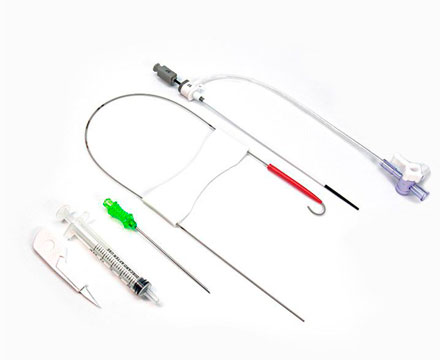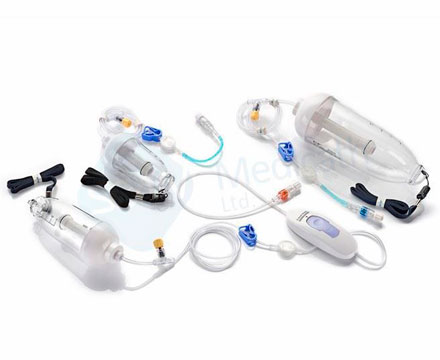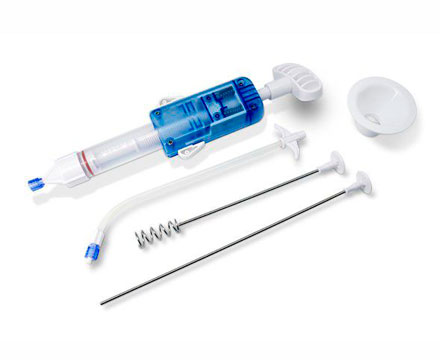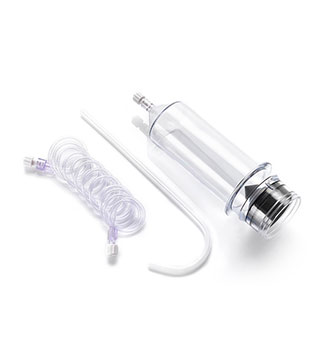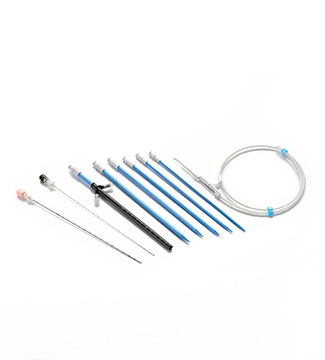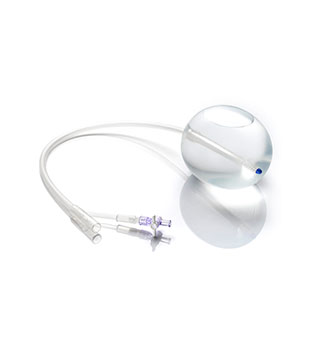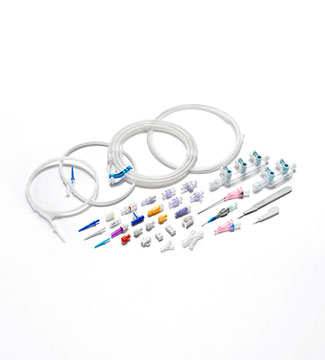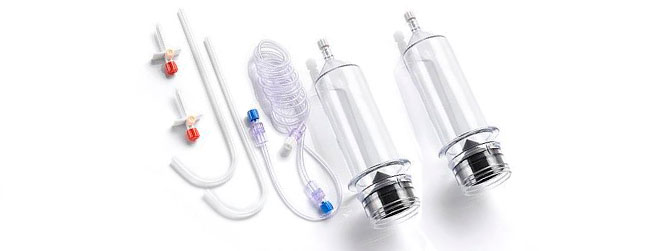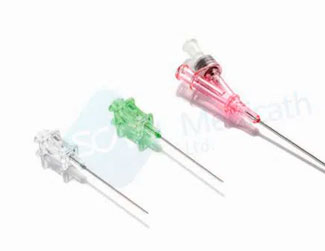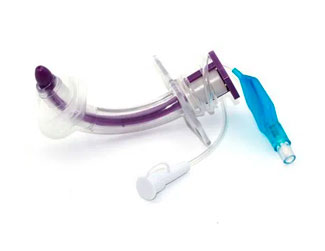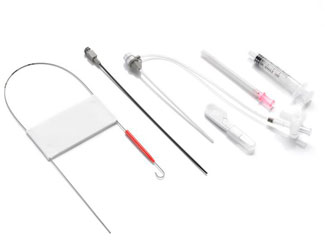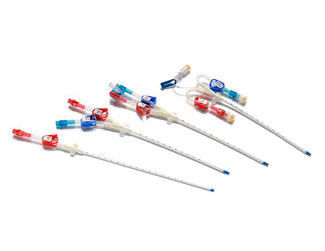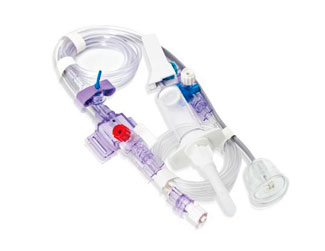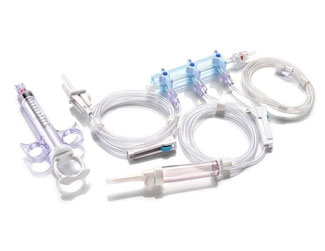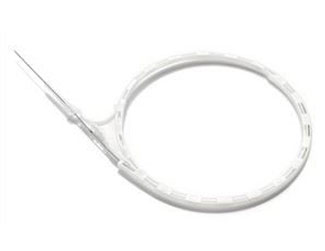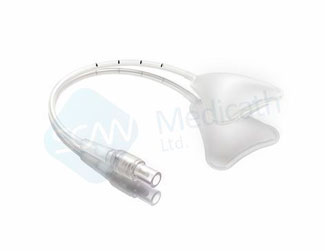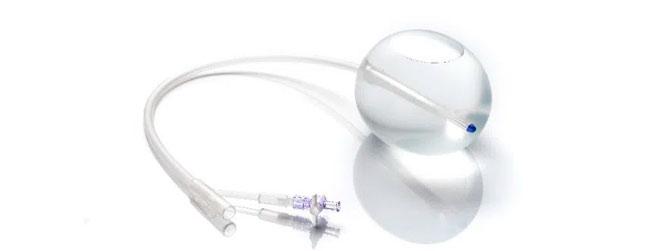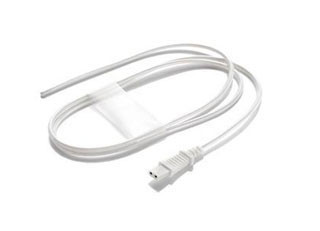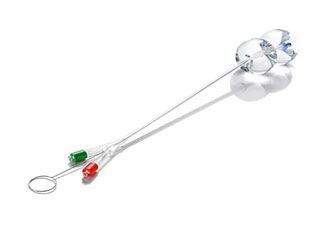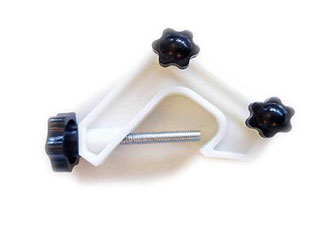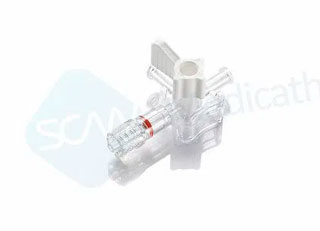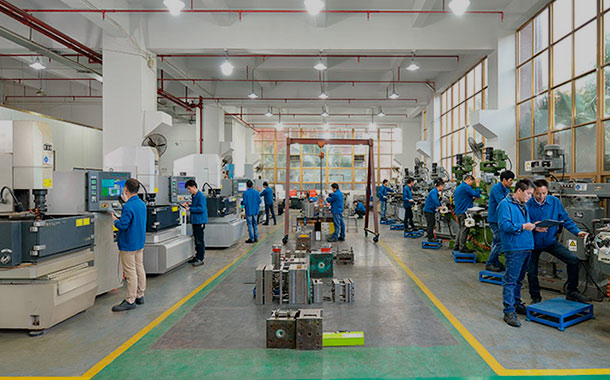The Role of Teflon Coated Guidewires in Minimally Invasive Procedures
In today's medical landscape, minimally invasive procedures have revolutionized the way surgeries are performed, allowing for faster recovery times and reduced complications. A critical component of these procedures is the Teflon coated guidewire. In this blog, we will dive into the significance of Teflon coated guidewires, highlighting their role and benefits in minimally invasive procedures.
What are Teflon Coated Guidewires?
Teflon coated guidewires are commonly used in minimally invasive procedures to navigate through blood vessels, airways, and other small passages within the body. These guidewires are made of a flexible metal core, which is coated with Teflon, a non-stick material. This unique coating allows for smoother movement, reducing friction and resistance during the insertion and maneuvering process.
Benefits of Teflon Coated Guidewires
Enhanced Flexibility: The Teflon coating on guidewires provides an added layer of flexibility, allowing clinicians to navigate through intricate anatomical structures with ease. This improved flexibility minimizes the risk of vessel damage or trauma during the procedure.
Reduced Friction: The non-stick property of Teflon significantly reduces the friction between the guidewire and the inner wall of blood vessels or other passages. This reduction in friction proves crucial when maneuvering through narrow and tortuous pathways, ensuring smooth and accurate navigation.
Enhanced Visibility: Teflon coated guidewires often come in bright and highly visible colors, enhancing their visibility during fluoroscopy or other imaging techniques. This visibility enables the medical team to track the progress of the guidewire accurately, ensuring optimal placement and reducing the risk of complications.
Applications in Minimally Invasive Procedures
Cardiac Catheterization: Teflon coated guidewires are commonly used in cardiac catheterization procedures to guide diagnostic and interventional catheters through the blood vessels of the heart. Their flexibility and reduced friction help cardiologists navigate complex cardiac anatomy safely and efficiently.
Endovascular Interventions: In endovascular surgery, Teflon coated guidewires play a vital role in accessing and treating blood vessels affected by conditions like peripheral arterial disease (PAD) or aneurysms. These guidewires allow for precise navigation, enabling the interventionist to deploy stents or other devices accurately.
Gastrointestinal Procedures: Teflon coated guidewires have proven beneficial in various gastrointestinal procedures, such as endoscopy or ERCP (endoscopic retrograde cholangiopancreatography). These guidewires assist in navigating through the narrow and convoluted passages of the gastrointestinal tract, aiding in the diagnosis and treatment of diseases affecting the liver, bile ducts, or pancreas.
The role of Teflon coated guidewires in minimally invasive procedures cannot be overstated. Their flexible and non-stick properties significantly contribute to successful navigation through intricate anatomical structures, reducing the risk of complications. Whether it's cardiovascular, endovascular, or gastrointestinal interventions, Teflon coated guidewires have become indispensable tools for healthcare professionals, revolutionizing the way procedures are performed and improving patient outcomes.

 English
English  日本語
日本語  한국어
한국어  français
français  Deutsch
Deutsch  Español
Español  русский
русский  português
português  العربية
العربية  tiếng việt
tiếng việt  ไทย
ไทย  Malay
Malay  हिंदी
हिंदी 
